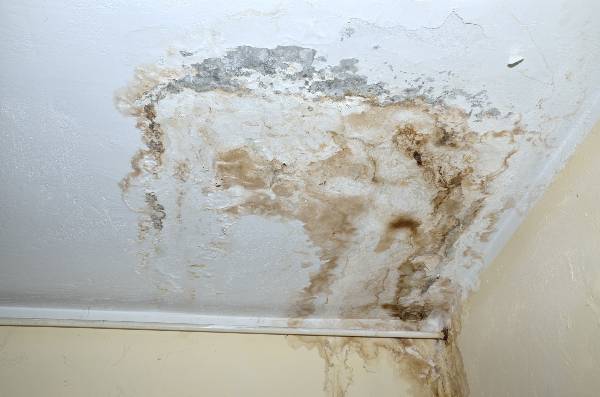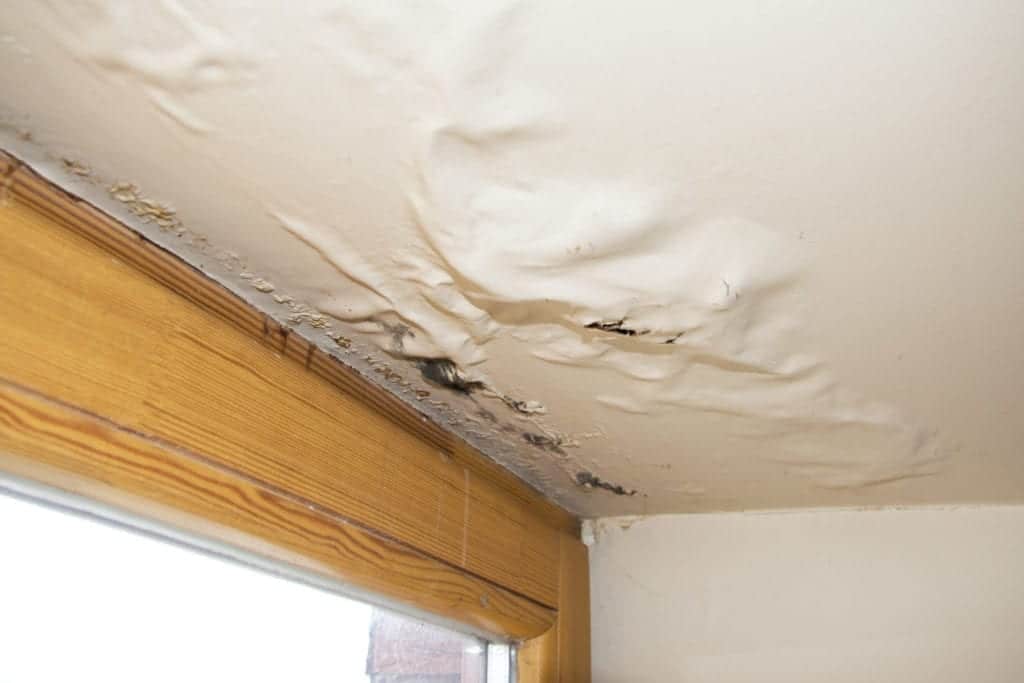Exactly how to Find and Repair Work Water Leaks-- A Comprehensive Guide
Exactly how to Find and Repair Work Water Leaks-- A Comprehensive Guide
Blog Article
Are you searching for content on Hacks to detect leaks?

Early discovery of leaking water lines can minimize a potential disaster. Some small water leakages may not be noticeable.
1. Take A Look At the Water Meter
Examining it is a proven method that aids you discover leakages. If it moves, that indicates a fast-moving leakage. This indicates you may have a slow leakage that might also be below ground.
2. Examine Water Consumption
Examine your water bills and track your water intake. As the one paying it, you should notice if there are any disparities. If you spot sudden changes, regardless of your usage being the same, it suggests that you have leakages in your plumbing system. Keep in mind, your water bill should drop under the very same range monthly. An unexpected spike in your expense suggests a fast-moving leak.
On the other hand, a consistent boost every month, despite having the very same behaviors, shows you have a slow leak that's also slowly rising. Call a plumber to completely inspect your residential property, specifically if you really feel a warm location on your flooring with piping underneath.
3. Do a Food Coloring Examination
30% comes from commodes when it comes to water usage. Test to see if they are running properly. Drop flecks of food color in the tank and also wait 10 mins. If the shade in some way infiltrates your bowl during that time without flushing, there's a leak between the storage tank and also bowl.
4. Asses Outside Lines
Don't fail to remember to inspect your exterior water lines also. Should water seep out of the connection, you have a loose rubber gasket. One small leak can squander lots of water as well as surge your water costs.
5. Analyze the scenario and inspect
Homeowners should make it a practice to check under the sink counters as well as even inside closets for any type of bad odor or mold growth. These two warnings indicate a leak so timely attention is called for. Doing regular evaluations, even bi-annually, can conserve you from a significant trouble.
A lot more importantly, if you know your house is currently old, maintain a watchful eye on your heating systems, hoses, pipelines etc. Check for stainings and deteriorating as most home appliances and pipes have a life expectancy. They will additionally naturally degrade because of tear as well as use. Don't wait for it to intensify if you presume dripping water lines in your plumbing system. Call a specialist plumber right now so you do not end up with an awful mess in your house.
Early detection of dripping water lines can alleviate a possible disaster. Some little water leaks might not be visible. Checking it is a proven way that assists you find leaks. One little leakage can waste tons of water and also spike your water expense.
If you think leaking water lines in your plumbing system, don't wait for it to rise.
WARNING SIGNS OF WATER LEAKAGE BEHIND THE WALL
PERSISTENT MUSTY ODORS
As water slowly drips from a leaky pipe inside the wall, flooring and sheetrock stay damp and develop an odor similar to wet cardboard. It generates a musty smell that can help you find hidden leaks.
MOLD IN UNUSUAL AREAS
Mold usually grows in wet areas like kitchens, baths and laundry rooms. If you spot the stuff on walls or baseboards in other rooms of the house, it’s a good indicator of undetected water leaks.
STAINS THAT GROW
When mold thrives around a leaky pipe, it sometimes takes hold on the inside surface of the affected wall. A growing stain on otherwise clean sheetrock is often your sign of a hidden plumbing problem.
PEELING OR BUBBLING WALLPAPER / PAINT
This clue is easy to miss in rooms that don’t get much use. When you see wallpaper separating along seams or paint bubbling or flaking off the wall, blame sheetrock that stays wet because of an undetected leak.
BUCKLED CEILINGS AND STAINED FLOORS
If ceilings or floors in bathrooms, kitchens or laundry areas develop structural problems, don’t rule out constant damp inside the walls. Wet sheetrock can affect adjacent framing, flooring and ceilings.
https://www.servicemasterbyzaba.com/blog/how-to-detect-water-leakage-in-walls/

Do you enjoy reading about Hacks to detect leaks? Place a remark down below. We'd be delighted to listen to your ideas about this content. We hope that you visit us again in the near future. Are you aware of another individual who is fascinated about the topic? Do not hesitate to promote it. Many thanks for your time. Kindly check our website back soon.
Report this page